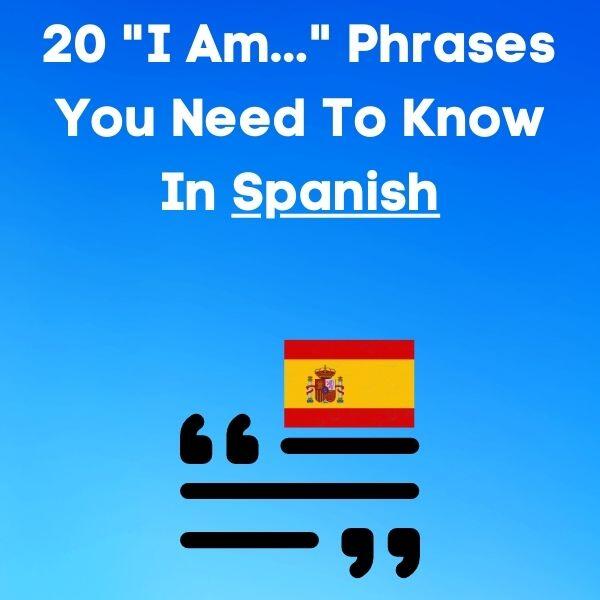Understanding The Spanish Subjunctive
The Spanish subjunctive is one of the most perplexing aspects of the language for many learners. While it’s not a tense in the way that the past, present, and future are, it is a mood that conveys uncertainty, doubt, emotion, and more.
Let’s take a deeper look at the Spanish subjunctive, demystifying its uses and forms with a myriad of examples.
What is the Subjunctive?
The subjunctive is a grammatical mood found in many languages. In Spanish, it’s used to express various states of unreality such as doubt, possibility, necessity, or action that has not yet occurred.
When to Use the Subjunctive in Spanish
Doubt or Denial
When the speaker wants to express doubt, disbelief, or denial about an event or situation.
-
- Dudo que él venga. (I doubt he will come.)
- No creo que sea posible. (I don’t think it’s possible.)
Wishes or Desires
When expressing hopes, wishes, or giving advice.
-
- Espero que tengas un buen día. (I hope you have a good day.)
- Ojalá llegue pronto. (I hope he/she arrives soon.)
Emotions
When expressing emotions or feelings about a certain event or situation.
-
- Me alegra que te guste. (I’m glad you like it.)
- Temo que no lo entienda. (I’m afraid he/she won’t understand it.)
Impersonal Expressions
Using impersonal phrases that express a subjective viewpoint.
-
- Es importante que estudies. (It’s important that you study.)
- Es necesario que lleguemos temprano. (It’s necessary that we arrive early.)
Recommendations or Requests
When suggesting or asking something.
-
- Te sugiero que leas este libro. (I suggest you read this book.)
- Quiero que vengas a la fiesta. (I want you to come to the party.)
Conjunctions
When using certain conjunctions that express uncertainty, like “antes de que” (before), “para que” (so that), or “en caso de que” (in case).
-
- Hazlo antes de que sea tarde. (Do it before it’s too late.)
- Trae tu paraguas en caso de que llueva. (Bring your umbrella in case it rains.)
How to Form the Subjunctive
Present Subjunctive
For most verbs, start with the yo form of the present indicative, drop the “-o”, and add the subjunctive endings. For AR verbs: -e, -es, -e, -emos, -éis, -en. For ER/IR verbs: -a, -as, -a, -amos, -áis, -an.
-
- hablar becomes hable, comer becomes coma, and vivir becomes viva.
Past Subjunctive
It’s typically formed by taking the third person plural of the preterite, dropping the “-ron”, and adding the past subjunctive endings: -ra, -ras, -ra, -ramos, -rais, -ran.
-
- hablar becomes hablara, comer becomes comiera, and vivir becomes viviera.
Irregular verbs and stem-changers follow specific rules, so they need to be studied separately.
The subjunctive mood in Spanish, while complex, is crucial to expressing a broad range of emotions, uncertainties, and desires. It’s a tool that enriches the language and allows for deeper, more nuanced communication.
By understanding its uses and forms, you’ll unlock a whole new level of fluency and precision in your Spanish conversations.
Keep practicing, and soon, the subjunctive will become a natural part of your linguistic repertoire!



